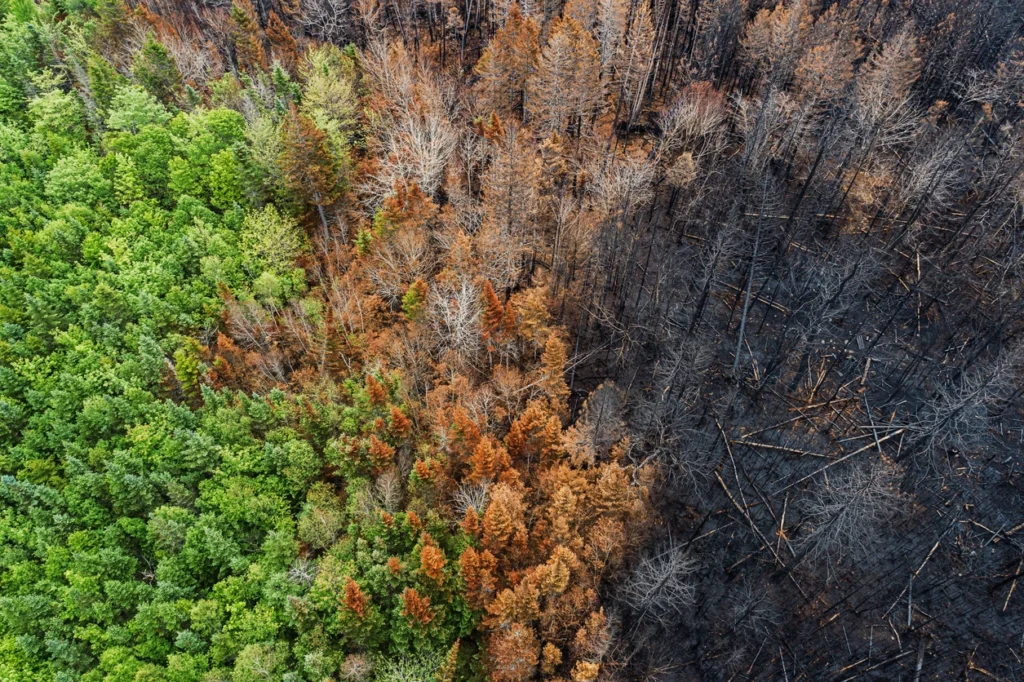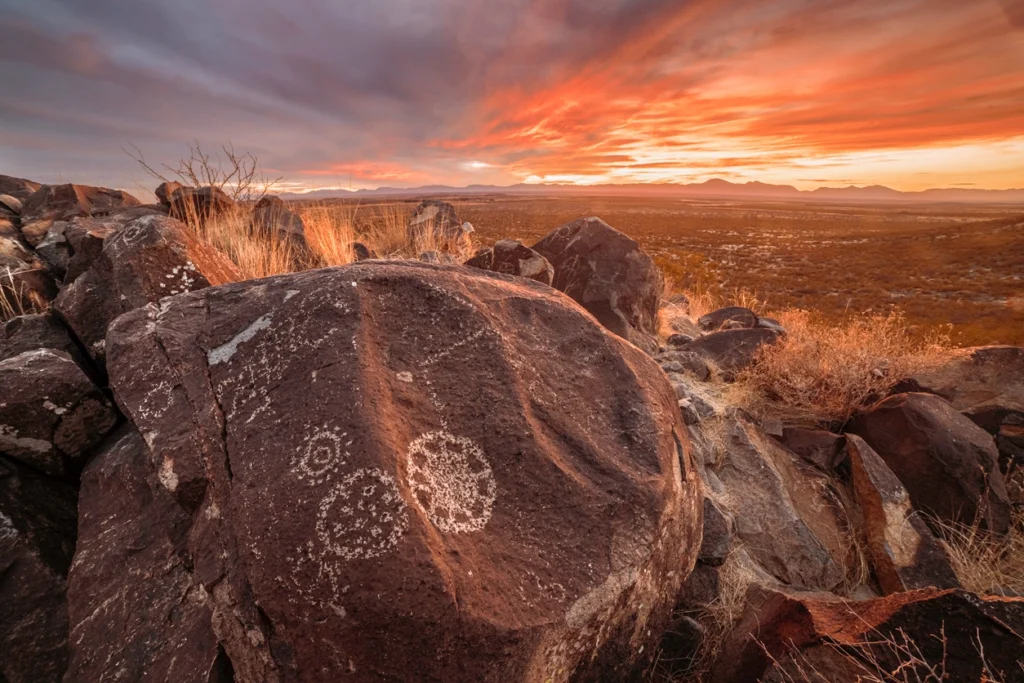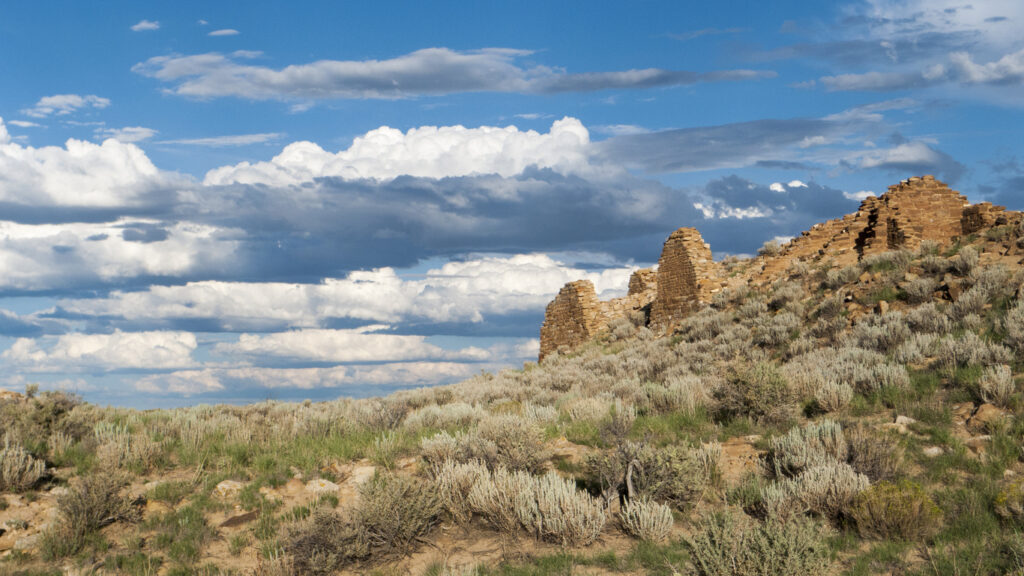We tend to think of pollution as something humans create. But, nature can sometimes harbor hidden dangers. Arsenic, a notoriously poisonous element, exists naturally in the earth’s crust – and when arsenic contamination occurs, it poses a serious risk for those that consume it.
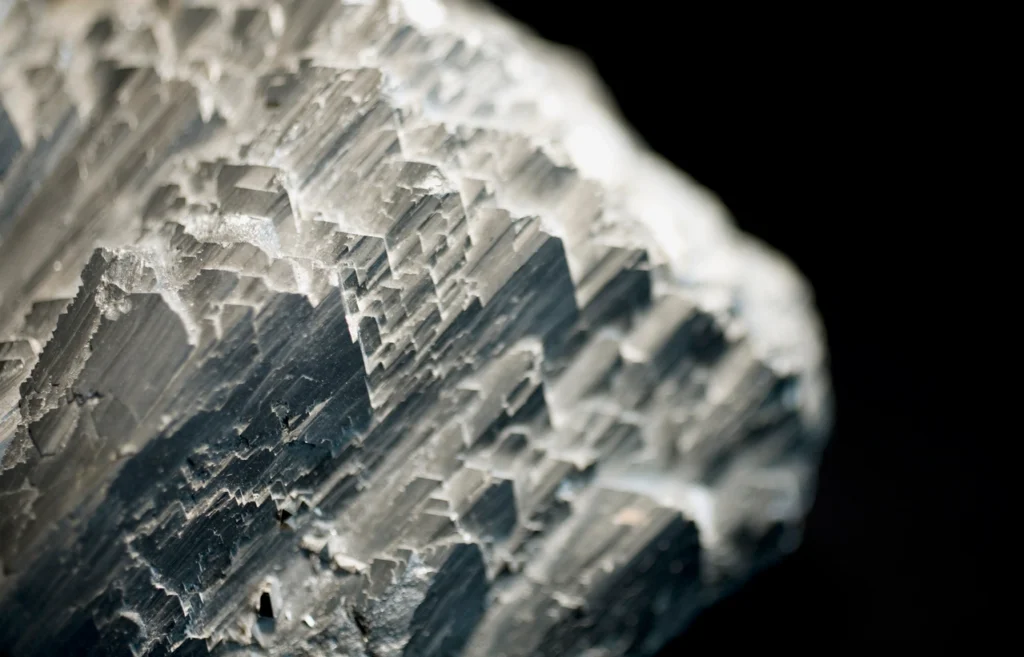
How Does Arsenic Get Into the Environment?
It All Starts with Rocks
Arsenic is rarely found in its pure form. Instead, it’s chemically bound up within common minerals. Some culprits include arsenopyrite (looks like fool’s gold), iron pyrite, and various arsenic oxides.
The Power of Weathering
Picture these arsenic-bearing rocks being exposed to the elements:
- Rain: Slightly acidic water reacts with minerals, slowly dissolving them and releasing arsenic.
- Oxidation: When minerals like iron pyrite meet oxygen in the air, they rust, further breaking down and freeing trapped arsenic.
- Microbes Get Involved: Some bacteria ‘eat’ the minerals, and in the process, create arsenic compounds that are more easily leached into water.
Not Just Groundwater
Weathering releases arsenic into soil too. From there, it can wash into rivers and lakes, or be absorbed by plants.
Other Natural Sources
While less common for widespread arsenic contamination, it’s worth noting:
- Volcanic Activity: Ash and gases can contain arsenic.
- Geothermal Hot Springs: Water forced up through rock often dissolves arsenic along the way.
The exact types of rocks, the climate, and even the microbial activity in a region all influence how much arsenic ends up in the environment.
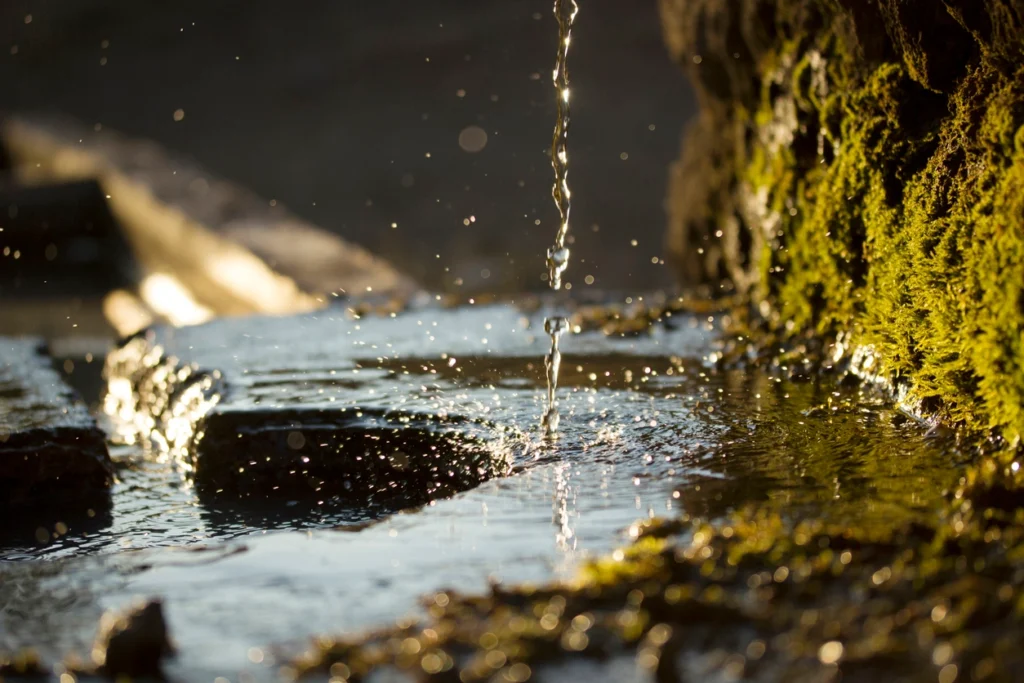
Sources of Exposure
Groundwater: The Most Widespread Risk
When arsenic-laden rocks lie beneath an aquifer, it can gradually dissolve into the groundwater. This leads to invisible contamination in wells used for drinking, cooking, and irrigation. Millions of people worldwide rely on untreated groundwater, making this the most critical exposure pathway.
Food: A Variable Factor
All plants absorb some arsenic from the soil, but levels vary greatly. Two things matter: the type of plant, with rice being especially efficient at taking up arsenic, particularly when grown in flooded paddies with arsenic-rich soil, and where the plant is grown, with produce from regions with heavily contaminated soil posing a greater risk. It’s important to note that in most areas, the arsenic you get from food is far below the danger level found in heavily contaminated water.
Don’t Forget Human Activities
Arsenic has an industrial legacy, having been used in wood preservatives, certain pesticides, and by the mining industry. Sites with this contamination can have both soil and water heavily polluted. It’s important to know that while being phased out in many places, arsenic still has industrial use in things like electronics and some metal alloys.
The Air Factor
Industrial processes releasing arsenic dust and fumes can be a localized concern near factories. Additionally, burning coal high in arsenic can release it into the air, although this is a less significant source of exposure for most people.
While natural arsenic is our focus, being aware of potential man-made sources is important, especially if you live near old industrial sites or have reason to suspect your soil is contaminated.
Groundwater – The Biggest Concern
Unlike a surface water spill, arsenic contamination in a well isn’t visible. It lacks any taste, smell, or color, making it harder to generate public awareness and prompt action. This insidious nature is one of the reasons the problem of naturally occurring arsenic is so widespread.
Why Aquifers are So Vulnerable
Think of an aquifer like a giant underground sponge made of rock and sand. Water moves through it very slowly. This presents multiple problems when it comes to arsenic:
- Long Contact Time: The water spends extended periods in contact with the surrounding rocks, giving arsenic more time to leach out from those rocks and dissolve into the groundwater.
- Hard to Flush Out: Unlike a river where pollutants might be diluted or carried downstream, contaminated groundwater often gets trapped. There’s no natural cleansing process as there might be on the surface.
- Domino Effect: If a single well in an area tests positive for arsenic, it suggests the whole aquifer could be at risk, potentially affecting many people who rely on that water source.
Every region has a unique geology. The types of rocks, the depth of the aquifer, and even the chemistry of the water itself all influence how much arsenic dissolves into the groundwater. Some areas might be severe hotspots of risk, while others within the same country have little to no issue. This is why localized knowledge is important for anyone relying on well water.
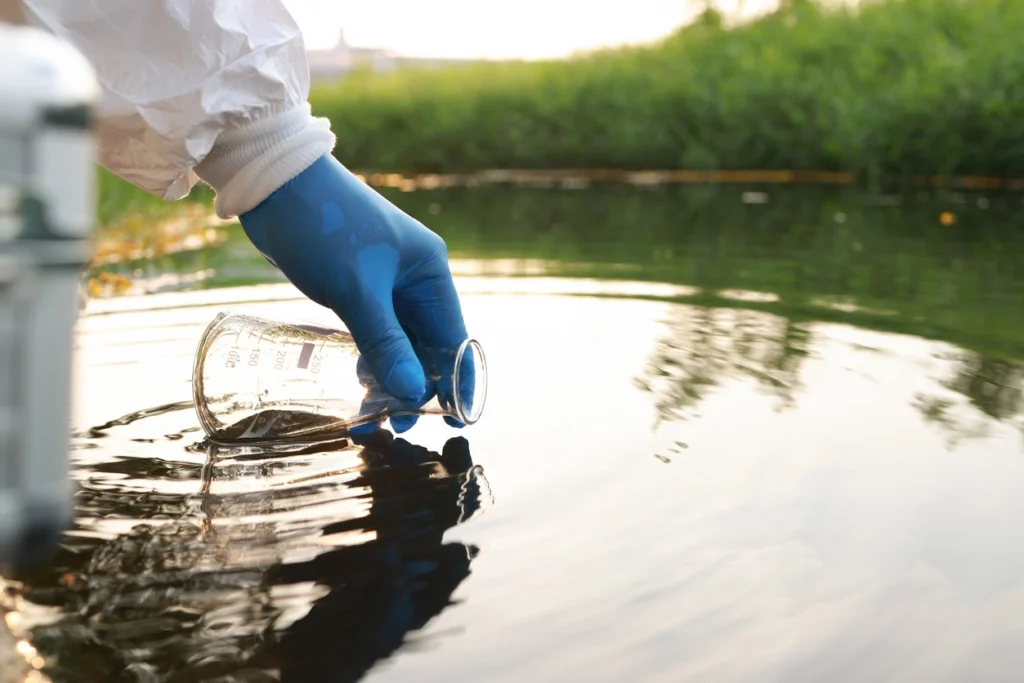
Is Arsenic a Global Problem?
While some regions like Bangladesh face a catastrophic crisis, naturally occurring arsenic poses threats worldwide. Millions in China, India, Argentina, Chile, and Mexico live in risk zones. Even developed countries like the United States and Canada have areas where private wells need careful monitoring due to potential arsenic contamination.
Groundwater is often thought of as inherently pure. Arsenic reminds us that what lies beneath the surface plays a huge role in water safety, and testing is essential.
Health Effects – Not Just a Poison
High Doses, Fast Illness
Ingesting a large amount of arsenic at once is thankfully rare, but causes severe vomiting, stomach pain, and can be fatal. This is NOT what most people face from natural arsenic contamination.
The Danger of Chronic Exposure
Drinking arsenic-contaminated water over long periods, even at low levels, has devastating effects:
- Increased cancer risk (skin, lung, bladder, and others)
- Heart disease, diabetes, and nerve damage
- Harms to brain development in children
- Skin changes (unusual pigmentation, lesions)
The Importance of Dose
The severity of illness depends on how much arsenic you’re exposed to, for how long, and individual health factors.
Prevention and Control
Testing is Knowledge, Knowledge is Power
This is the first line of defense. If you use well water, especially in a region known for arsenic problems, testing is non-negotiable. Here’s how to approach it:
- Start with Basics: Home test kits offer a quick and affordable initial check. If they indicate a potential issue, follow up with…
- Certified Lab Testing: This provides the most accurate analysis, detailing the exact arsenic concentration in your water.
- Understanding Results: Compare your test results against safety standards established by organizations like the EPA or WHO. [Include a link to their guidelines]. Resources from your local health department can also help in interpretation.
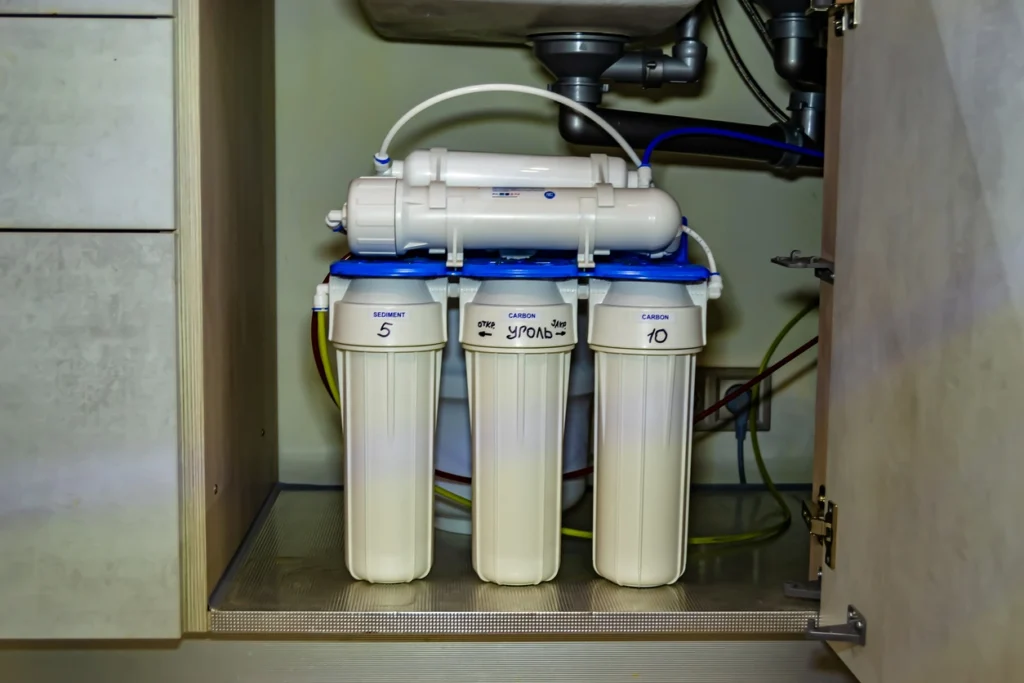
What to Do if Arsenic is Found
- Don’t Panic, Learn: Severity depends on the level of arsenic contamination and how long you’ve been exposed.
- Treatment Options: Home filtration systems specifically designed for arsenic removal exist. The type needed depends on the levels in your water and your household’s usage.
- Addressing the Well: In some cases, drilling deeper (if safe arsenic levels exist at lower depths) may help.
- Abandoning the Well: Sometimes, it’s the safest option, but requires finding an alternative water source.
In areas with severe contamination, individual solutions aren’t enough. This might necessitate:
- Community Treatment Systems: Centralized treatment for shared well systems or as a public utility.
- Identifying Safe Aquifers: Mapping which areas have less arsenic contamination helps with new well development and potentially providing safe drinking water to the most affected.
Is Naturally Occurring Arsenic Present in Your Area?
Nature isn’t always benign. Understanding naturally occurring arsenic is key for protecting the health of millions worldwide. By being aware, getting your water tested, and taking action when needed, you minimize the risk from this hidden poison.
If you want to know if arsenic is present in your area, you may want to get in touch with specialists from Diablo Green. Call us or send us a message to schedule a free, no-obligation consultation.
Frequently Asked Questions About Arsenic Contamination
Can boiling water remove arsenic?
No. Boiling kills bacteria, but it doesn’t affect arsenic levels. In fact, boiling can slightly increase the concentration as some water evaporates.
Are all wells at risk of arsenic contamination?
No. Geology is the biggest factor. Even within a high-risk region, some wells might be safe. This is why individual testing is crucial.
Can I see signs of arsenic in my water?
Usually no. In rare cases of extremely high contamination, the water might have a strange color or odor, but this isn’t a reliable indicator.
Does arsenic contamination affect animals too?
Yes! Animals drinking contaminated water face the same health risks as humans. Livestock and pet health is another reason to be concerned about arsenic.
Is it expensive to remove arsenic from my water?
Costs vary. Simple pitcher filters are affordable, but might not suffice for heavy contamination. Whole-house systems are more expensive, but offer better long-term protection.

